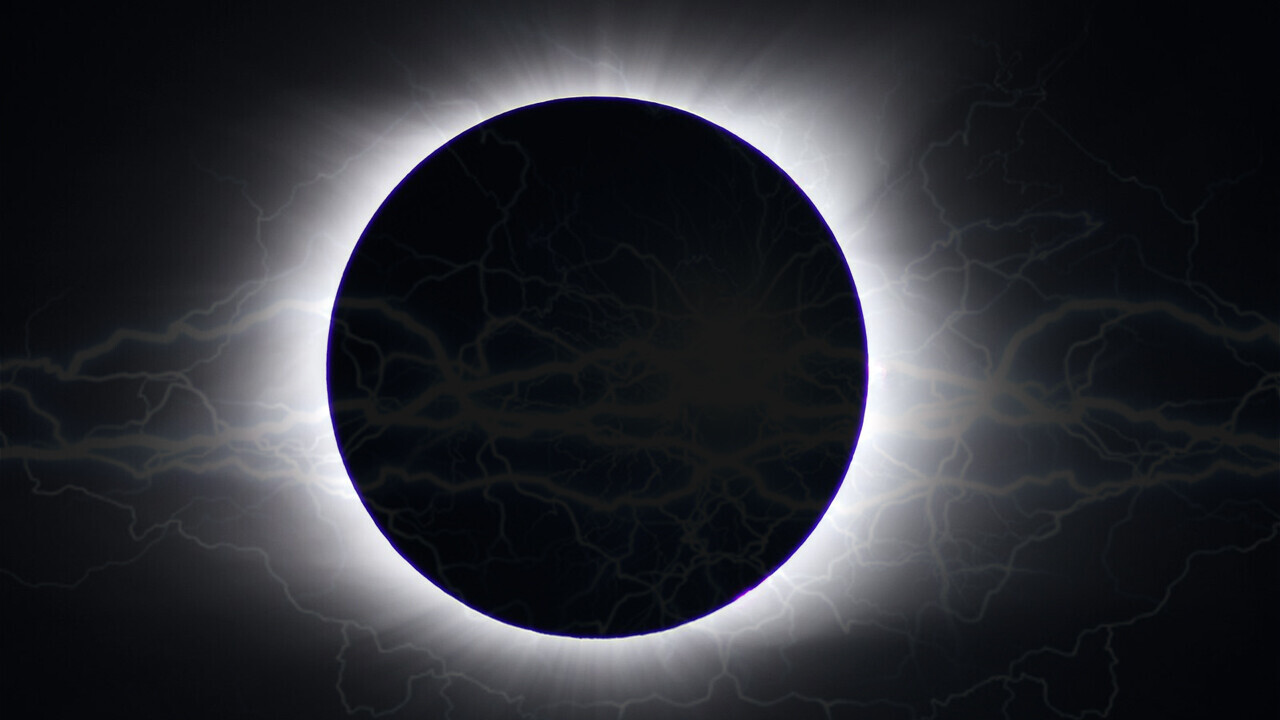
Did you know Neural is taking the stage this fall? Together with an amazing line-up of experts, we will explore the future of AI during TNW Conference 2021. Secure your online ticket now!
A team of researchers led by physicists at the University of Cambridge may have accidentally stumbled upon the biggest (as in, size-wise) discovery in the history of physics: dark energy.
And not a moment too soon, as many scientists believe this mysterious force is literally ripping the universe apart.
Up front: Scientists believe the universe is made up of matter, dark matter, and dark energy. Matter makes up everything we can see, which is only about 5% of the universe. Dark energy makes up the lion’s share of the rest of the universe and dark matter comprises about 27%.
Unfortunately, dark energy and dark matter are only hypothetical at this point. The theories behind them are quite strong. In fact the generally accepted model of the universe which includes the Big Bang, called The Standard Model, relies on the expected existence of something to explain why all matter doesn’t just fly apart in space — and dark matter is the prime candidate.
We’re pretty sure it’s there. We think we know how to find it. But we need better technology.
Background: The Cambridge team was looking for dark matter when they sort of stumbled across evidence for dark energy.
Since direct observation of dark matter isn’t possible with modern sensor technology, the big idea is to look for evidence of its interaction with matter.
The physicists conducted an experiment that involved catching interactions between dark matter and the sun, which acts as a sort of filter that slows dark particles down enough that they can, potentially, be measured on Earth.
It’s a sort of negative photo of an observation experiment, in that they’re looking for evidence of anomalous gravity occurrences that indicate unseen forces.
Well, they went looking for dark matter but when the numbers came back they were even more anomalous than expected. And this led the team to spend the next year determining what the heck they were looking at.
As it turns out, they believe it’s evidence of dark energy at work.
Why does it matter? The reason scientists believe dark matter exists is because there appears to be an invisible force acting outside of gravity that keeps the stuff in the universe stuffed together.
We’re pretty certain the universe is expanding, and there’s strong evidence to support the idea that the rate at which it’s expanding is increasing.
So dark matter keeps matter from getting tugged along with the universe’s expansion. And… (cue dramatic music) dark energy is what’s believed to be driving the expansion.
Basically there’s a material force keeping matter in place while a dark energy appears to be ripping the universe to shreds.
What? Imagine the universe is pool of water with tiny plastic boats floating in it. One invisible force is causing the pool to expand and become larger while another invisible force holds the plastic boats in place. Eventually, you’ll have an infinitely large pool of water inhabited by objects between which lies an infinite amount of space.
Quick take: This is super cool. Figuring out what dark matter and dark energy are, how to detect them, and gleaning ground-truth data insights from their actual study could be the biggest scientific breakthrough in the history of astronomy and physics.
It’s like humankind’s been living in a giant, pitch-black warehouse for our entire existence as a species and we’re about to turn the overhead lights on.
But we’re still going to have to wait for peer-review and reproductions – and as you can imagine studying dark matter particles bouncing off the sun isn’t exactly something any old university’s science department can do. It could be a year or more before the results are confirmed.
Read the whole paper here.
Get the TNW newsletter
Get the most important tech news in your inbox each week.




